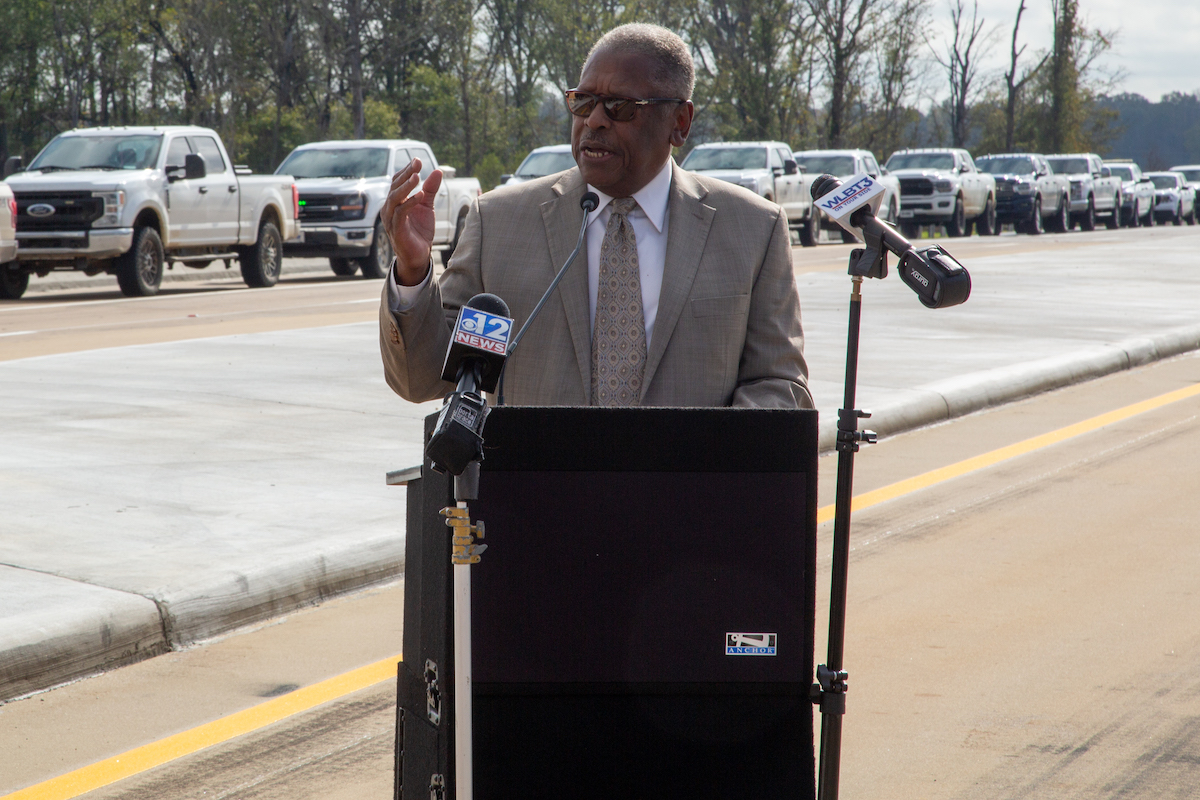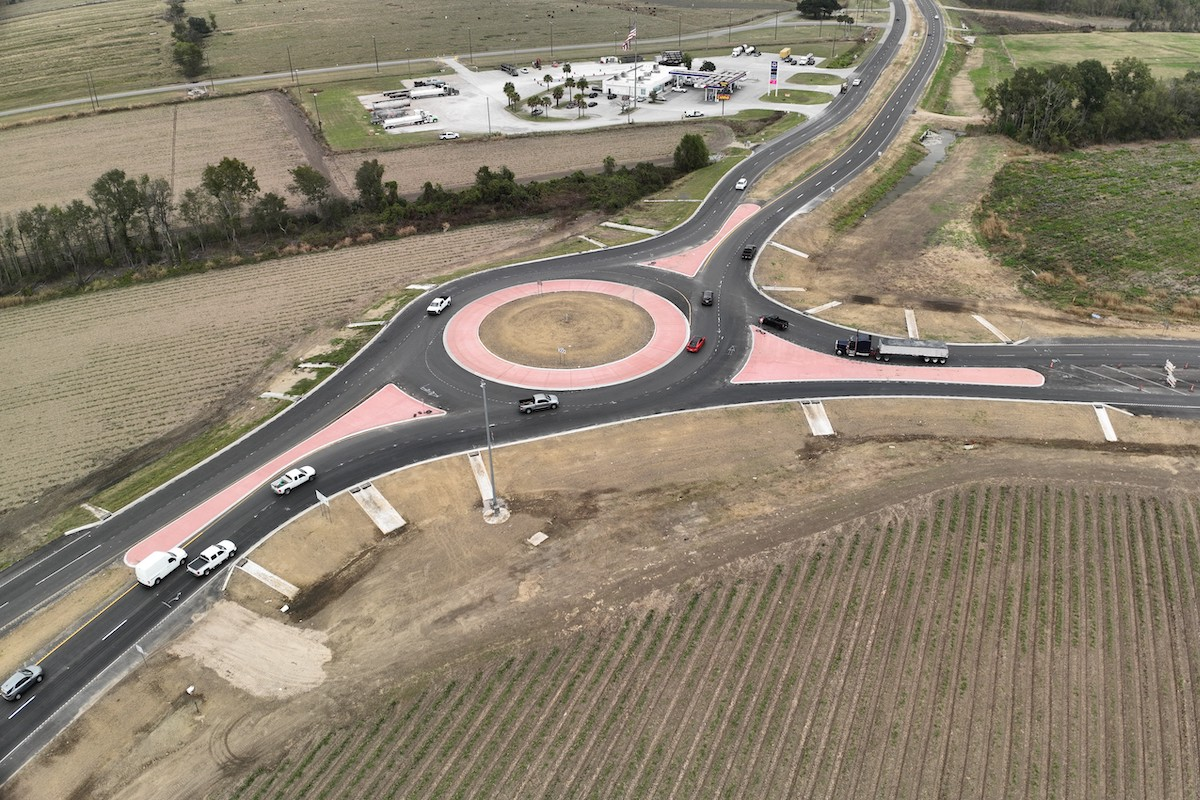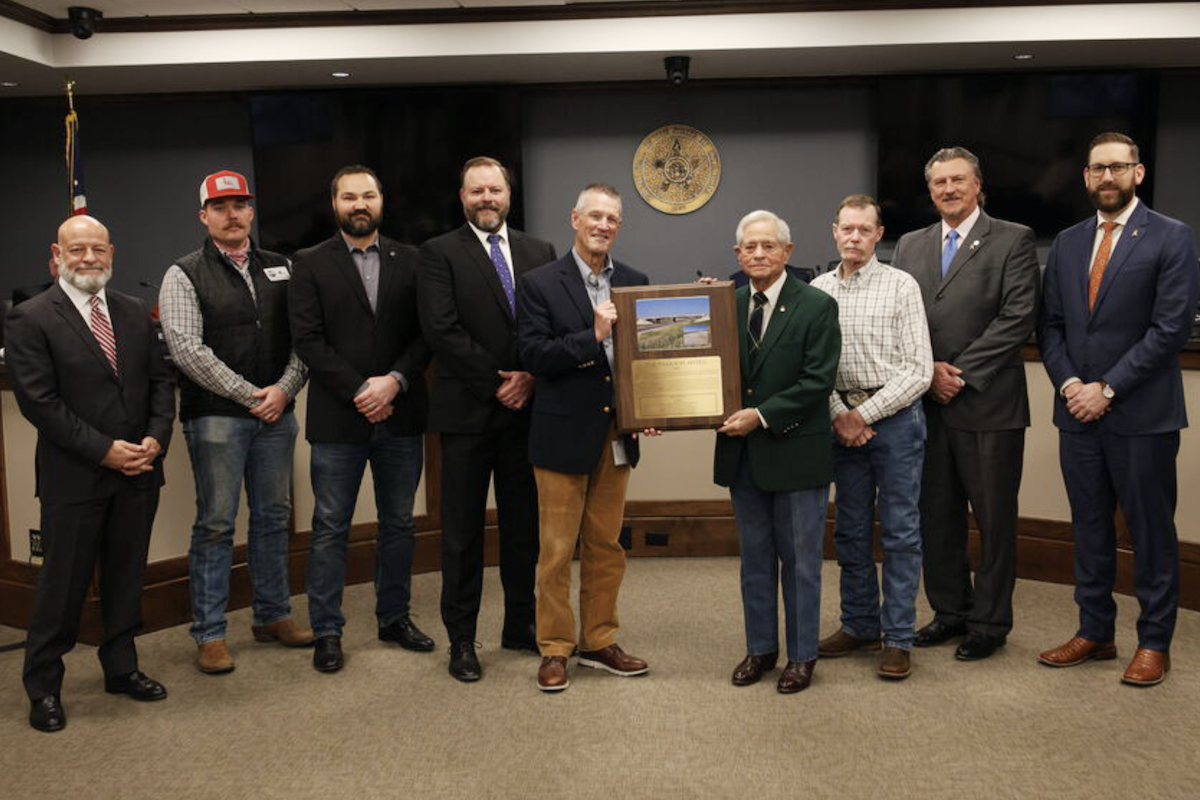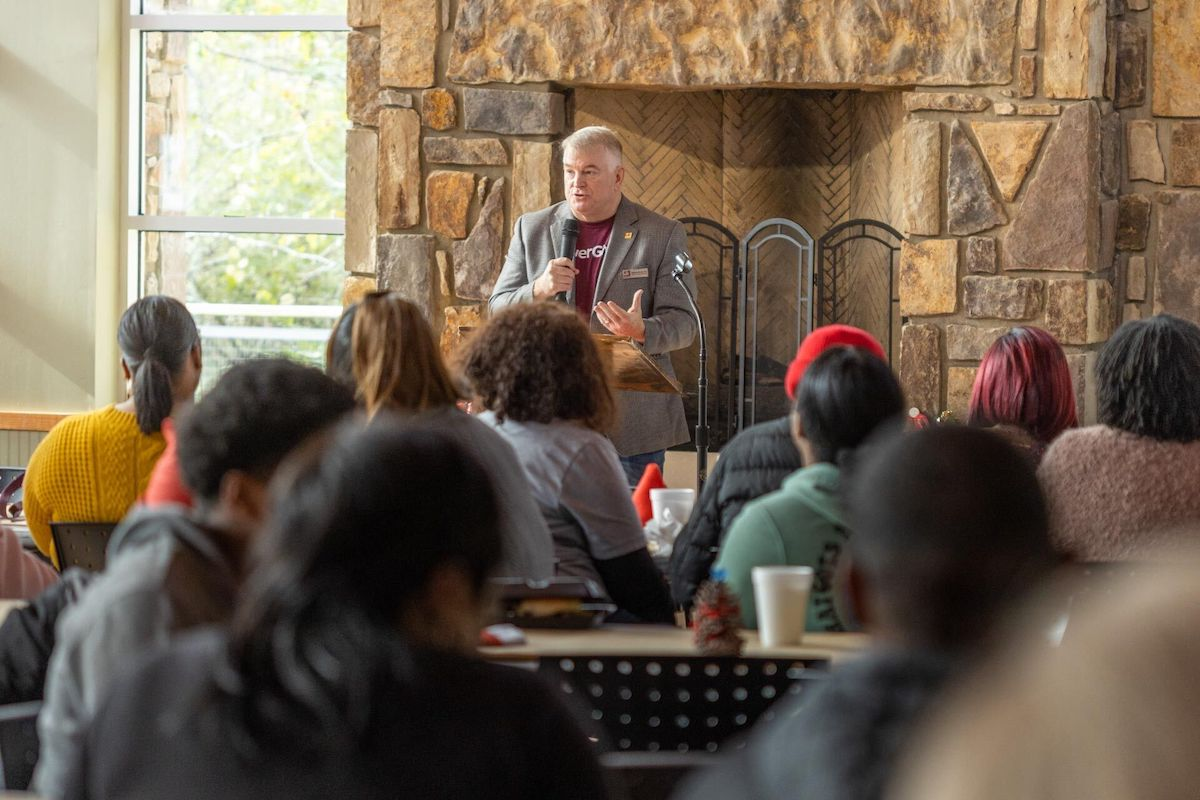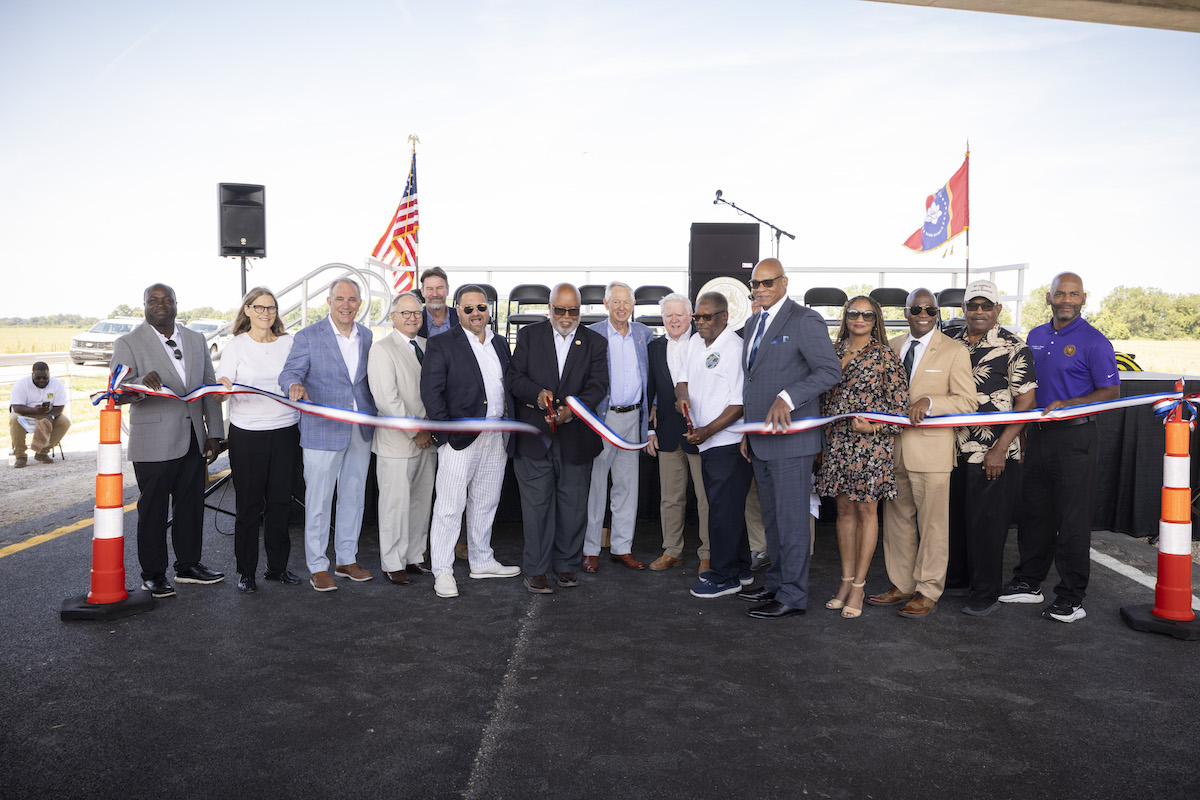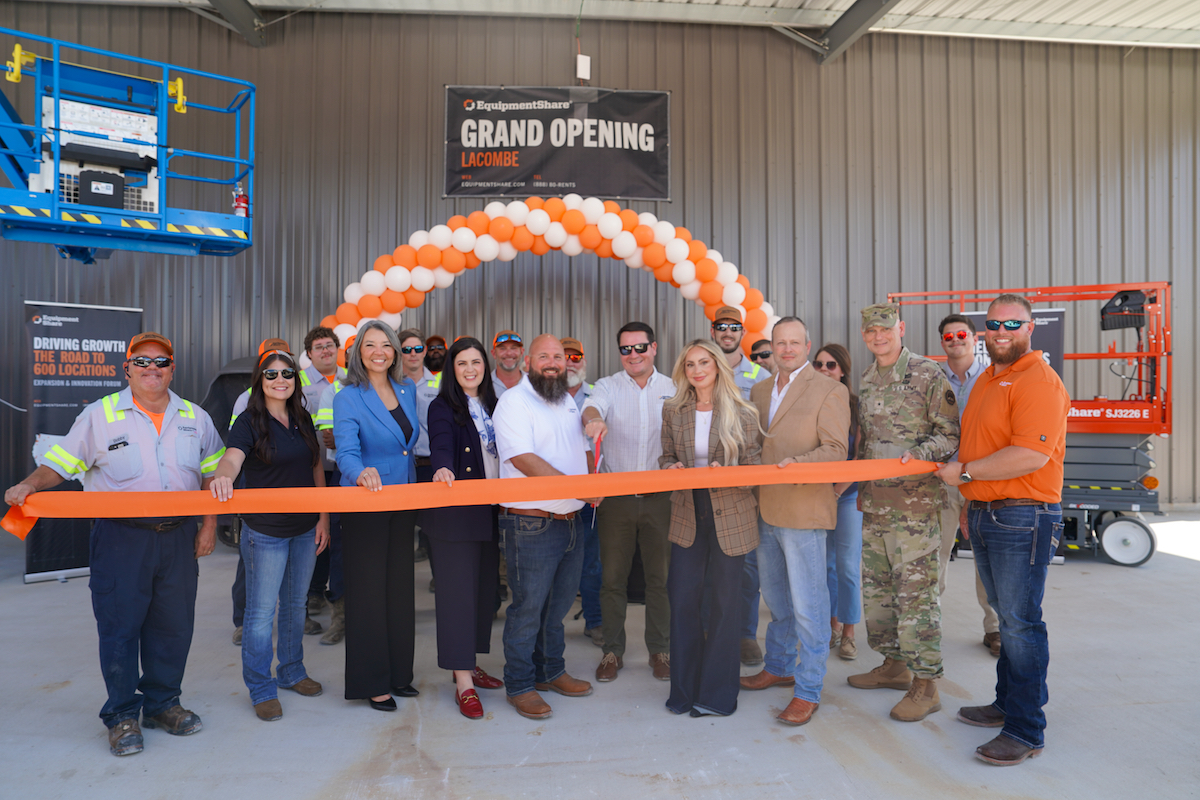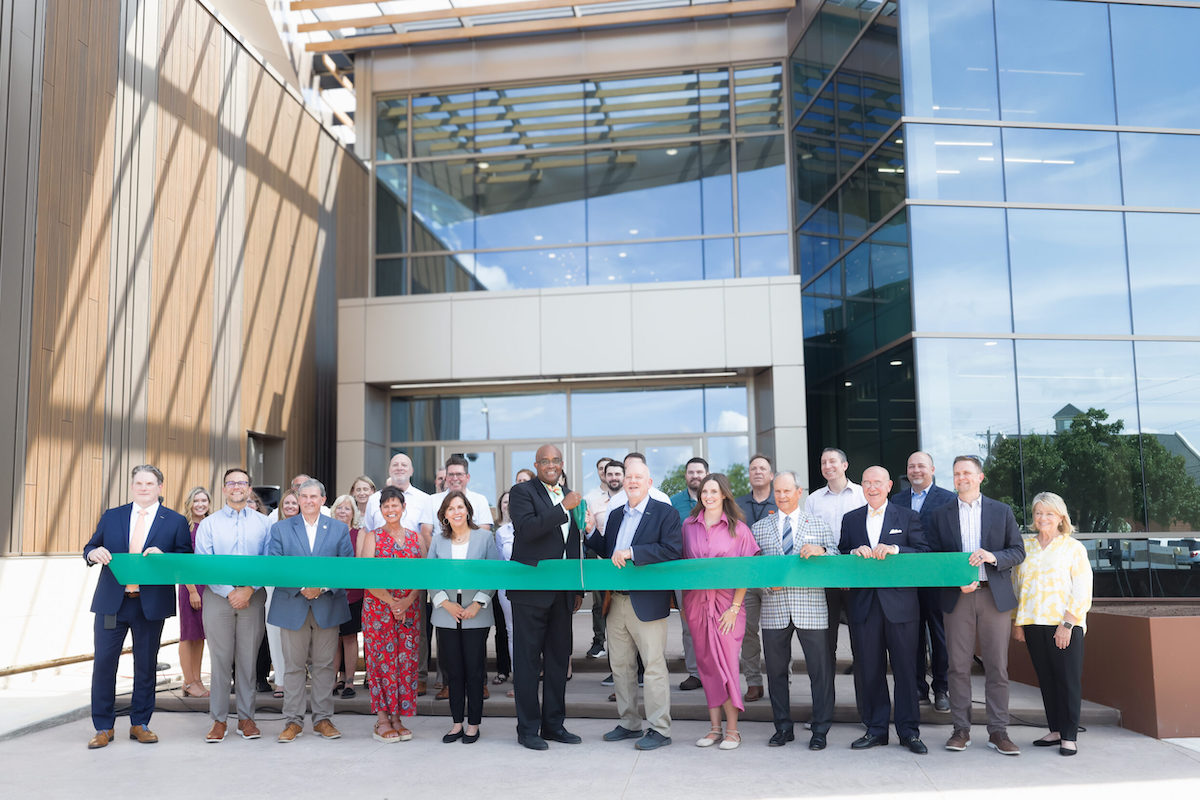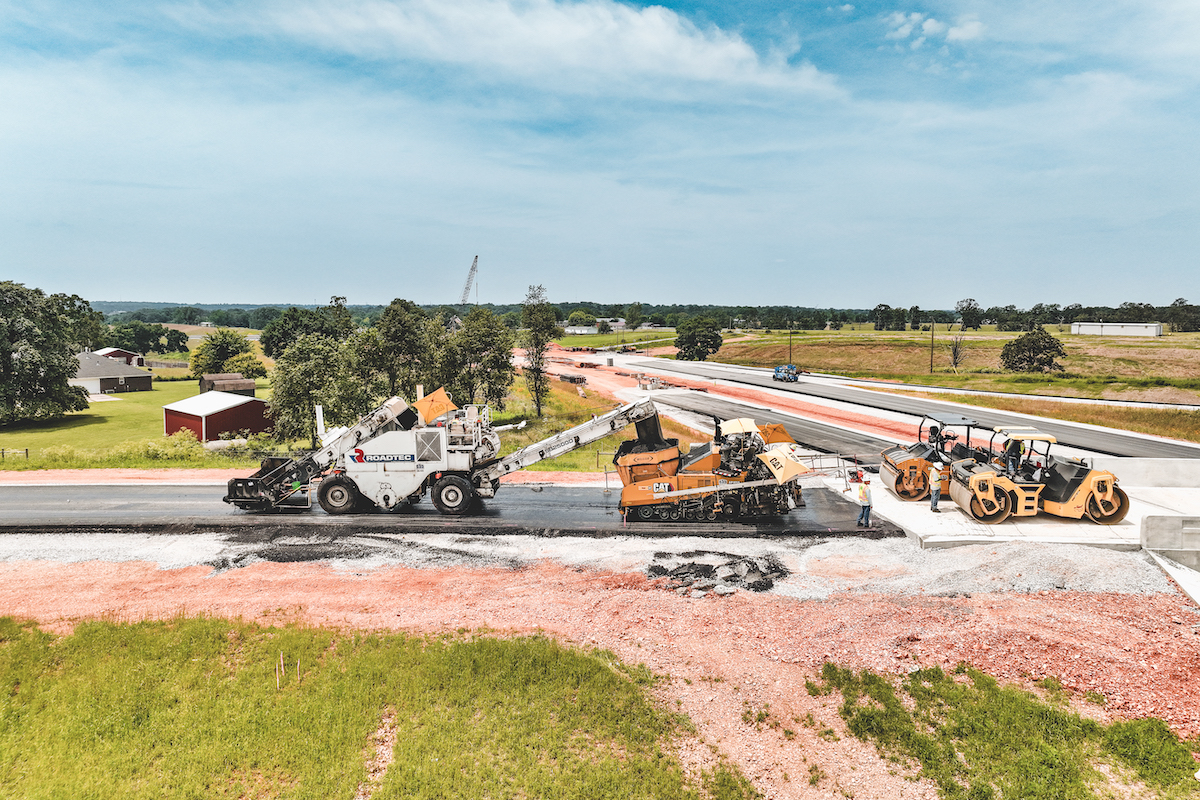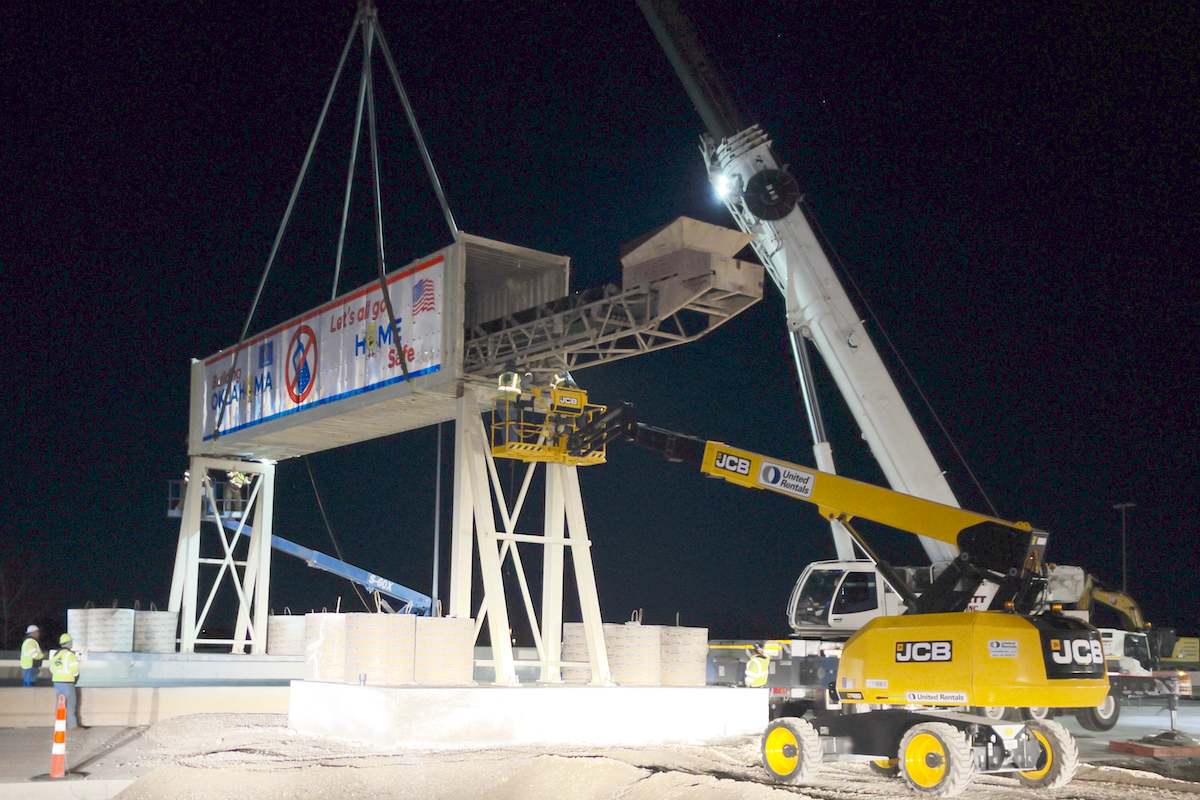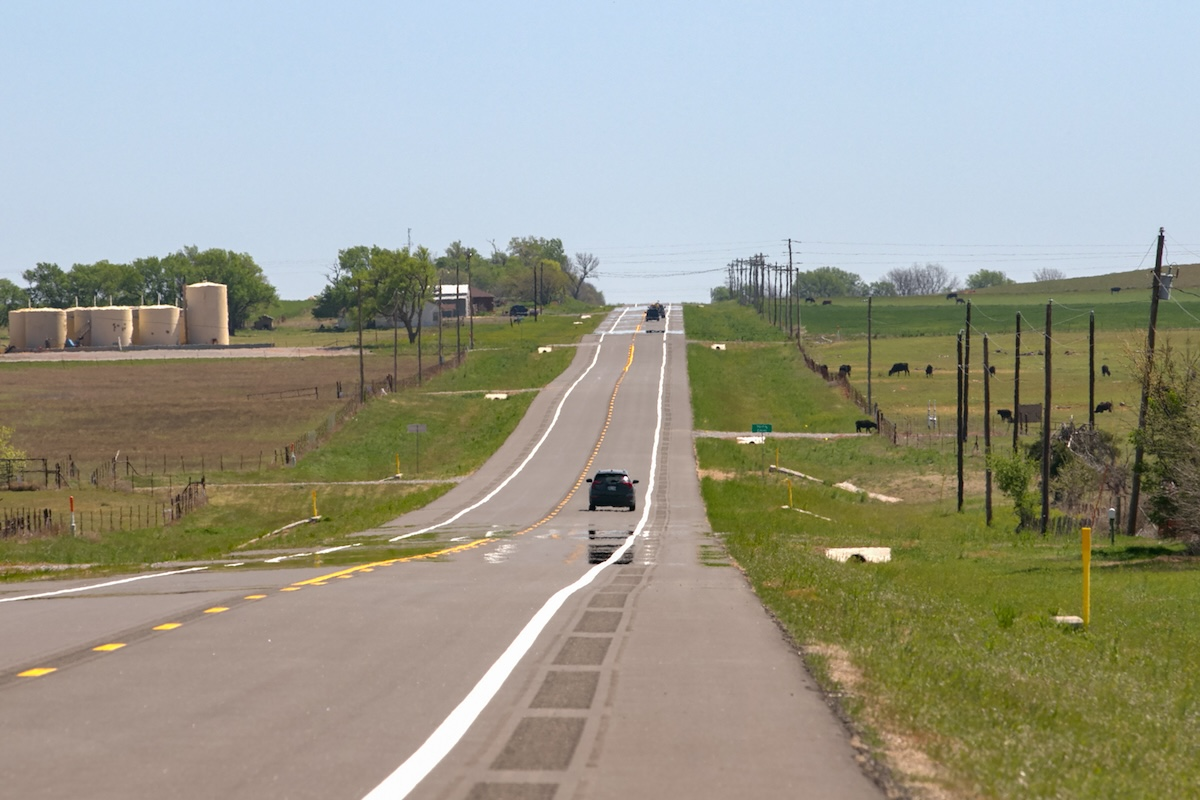Two complete cycles of the Eight-Year Plan have come and gone successfully since the program became the Oklahoma Department of Transportation’s (ODOT) project road map, starting with the 2003 plan. However, there is still much work to be done to continue improving safety and making traveling in the state more efficient.
Oklahoma Transportation Commission members recently approved the Eight-Year Construction Work Plan, charting ODOT’s course for Federal Fiscal Year 2020-2027 and approved two additional updated infrastructure plans outlining asset preservation and major projects for the county road system.
This iteration of the Eight-Year Plan continues to focus on replacing structurally deficient highway bridges as well as addressing older bridges before they develop deficiencies, along with improving two-lane highways with deficient shoulders and increasing the focus on improving good condition pavement miles.
Gov. Kevin Stitt is looking for each agency to show taxpayers how their dollars are being spent, and the Eight-Year Plan has been praised as a way of achieving performance measures as well as being accountable and transparent to the public.
“The metrics were selected to directly move the needle in three key areas,” Secretary of Transportation and ODOT Executive Director Tim Gatz said. “First, we must continue to replace and address bridges, not only to finish tackling structurally deficient bridges, but also to maintain good standing and stay ahead of the needs of our aging infrastructure.”
“Second, we must improve two-lane highways with deficient shoulders to provide an added layer of safety when driver errors occur,” he continued. “And third, we must improve pavement conditions to increase safety as well as lower vehicle costs to the driving public. If we apply ourselves to these goals, we can make Oklahoma a ‘Top 10 State’ in these categories.”
FFY 2020-2027 Eight-Year Construction Work Plan Quick Facts
- Nearly $6.5 billion in federal, state, local and tribal transportation funding
- 1,396 total projects
- 657 bridge replacements or major rehabilitations
- 780 miles of shoulders improved on two-lane highways
- 3,131 lane miles improved to a state of good repair
- 132 structurally deficient bridges remained at the end of 2018 compared to 1,168 rated as structurally deficient in 2004 (ODOT is responsible for 6,800 bridges statewide)
Performance Measures Explained
- The continued goal is to have ODOT’s highway bridge inventory at a manageable level of less than 1 percent structurally deficient by 2020 and keep it there into the future. This will require replacing or rehabilitating structurally deficient bridges and consistently planning to preserve and address older bridges.
- The refined goal on two-lane highways includes decreasing the total miles with deficient shoulders by 10 percent by 2023, which will give the driving public an added layer of safety in case of errant drivers on the roadway.
- The increased goal to improve the amount of good condition pavement miles by 10 percent by 2023 will be met by projects in the Eight-Year Plan and the Asset Preservation Plan upgrading and extending pavement life to change its rating from fair or poor to good.
Asset Preservation Plan
The commissioners also approved the $482-million Asset Preservation Plan for State Fiscal Years 2020 through 2023. This plan works in conjunction with the Eight-Year Plan to extend the life of current highway infrastructure through an adequately funded program that includes improving surface condition of existing infrastructure, rehabilitating bridges and improving accessibility. In the updated plan, nearly 400 projects are set to improve 2,500 lane miles of pavement and rehabilitate 85 bridges that are currently at risk of becoming deficient.
County Improvements for Roads and Bridges Plan
The nearly $1-billion County Improvements for Roads and Bridges (CIRB) Plan for State Fiscal Year 2020-2024 was also approved by commissioners. Through the efforts of counties’ Circuit Engineering Districts, county commissioners and ODOT engineers, the rebalanced CIRB plan is set to address 375 county bridges, of which 179 are structurally deficient, and more than 800 miles of county roads. In a continued effort to make the most of state resources, 29 of the planned bridge projects will use recycled I-40 Crosstown bridge beams.
“Though not all equal in size or scope, each of these three infrastructure plans is a vitally important road map for the department and the counties working hand in hand to address separate parts,” Gatz said. “By following these plans, our state’s largest asset — the roads and bridges — is being preserved and replaced consistently, which makes our transportation network safer, more efficient and more effective from county roads all the way to the interstates.”
Since the first Eight-Year Plan in 2003, ODOT’s field division engineers, transportation commissioners and stakeholders have identified the state’s most critical highway and bridge projects, creating a balanced statewide plan with anticipated federal and state funding in an accountable and non-biased manner.
Each year, the plan is updated to reflect project completions, adjustments in projected revenue and costs and another year of projects is added. Funding comes from a combination of state income tax and state motor fuel tax revenues, as well as the federal Highway Trust Fund.
All plans are available for viewing on the ODOT website at odot.org. Click on the “ODOT Publications” link under the “What’s New” tab.













